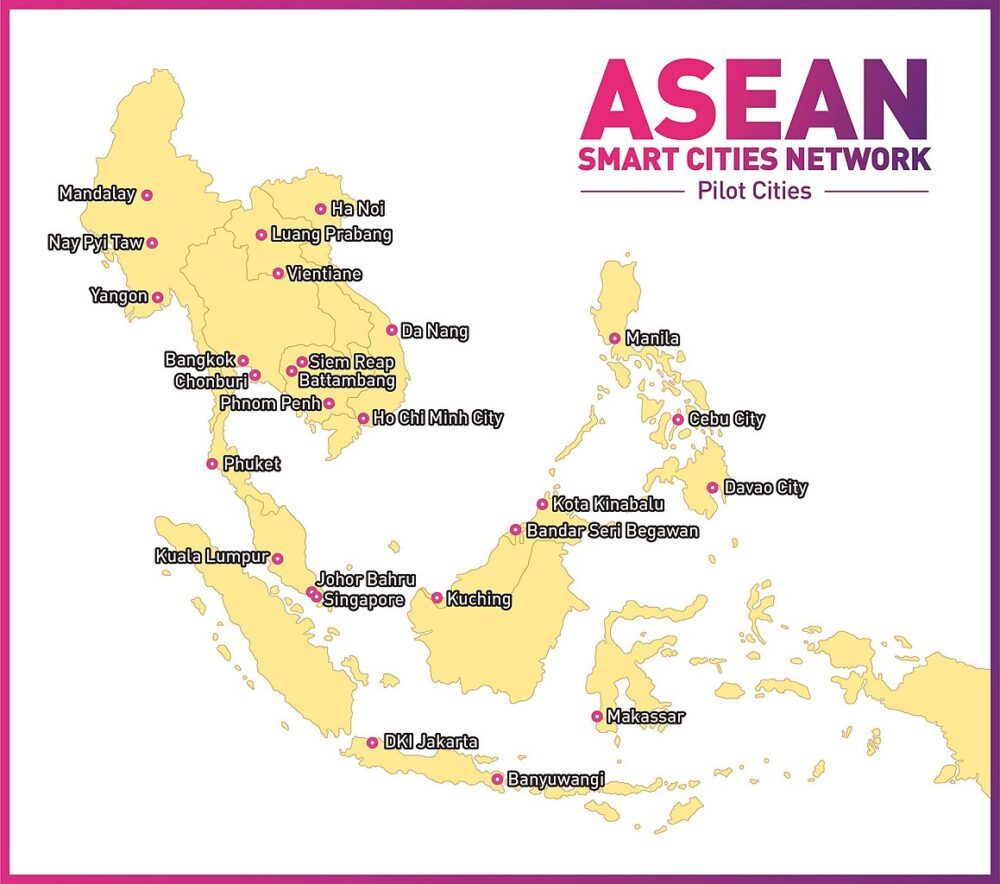In Asia-Pacific (APAC), edge computing is rapidly developing into an important frontier for enterprise innovation and competitive differentiation. Across the region, adoption is rising and usage will only grow moving forward, as consumers, businesses and governments continue to embrace Internet-of-Things (IoT) devices.
Edge computing refers to a distributed computing framework that brings enterprise applications closer to data sources. Unlike traditional models where computing power is centralized at an on-premise data center, edge brings computing closer to where data are being generated, enabling processing at greater speeds and volumes, and allowing for greater action-led results in real time.
For users, this means a faster and more consistent experience. For enterprises and service providers, edge means low latency, ultimately leading to reduced transmission delays, lessened bandwidth constraints, limited service failures, highly available apps and real-time monitoring capabilities.
Other benefits of edge computing include the ability to conduct on-site big data analytics and aggregation, which allows for near real-time decision making. Enterprises also benefit from reduced risk of exposing sensitive data since all of that computing power is kept locally. This implies better enforced security practices and easier regulatory compliance.
And since companies no longer need to take data back and forth between core and regional sites, edge computing allows companies to cut down bandwidth costs and increases their resilience as regional sites can continue to operate independently from a core site.
Today, edge computing is in use across many industries with most of its applications revolving around use cases that need low latency and fast response time, and which benefit from real-time analytics.
For example, in manufacturing, edge computing is used to monitor manufacturing processes and apply machine learning (ML) and real-time analytics to improve product qualities and detect production errors. In the construction industry, edge computing is mainly used for workplace safety to collect and analyze data taken from safety devices, cameras and sensors. And in transportation, edge computing allows autonomous vehicles to collect and analyze data while they are moving, in real time.
The growth of edge computing
Edge computing is increasingly becoming a priority for a growing number of organizations, and adoption is only expected to surge moving forward.
According to the International Data Corporation (IDC), worldwide enterprise and service provider spending on edge hardware, software and services is forecast to hit US$176 billion in 2022, representing a 14.8% increase over 2021. That sum is projected to approach US$274 billion by 2025.
Data and analytics company GlobalData expects Asia-Pacific (APAC) to become the second biggest spender on edge computing by 2025, behind only the US. In the region, the market growth is set to be primarily driven by the digital boom in countries, such as China, South Korea, Japan, Singapore, India, and Indonesia, as well as by applications in smart cities initiatives.
In Thailand, the focus on smart cities is a core pillar of the government’s Thailand 4.0, a national development strategy focusing on developing urban landscapes that encompass connected sensors, connected vehicles, smart meters and smart homes, along with a more flexible, mobile and effective level of connectivity.
In Malaysia, the Kuala Lumpur Smart City Plan 2021-2025 seeks to implement smart and emerging technologies that would improve city service delivery for residents, businesses and visitors through initiatives like smart waste management, pollution control and traffic management.
And in Singapore, the Smart Nation plan was launched in 2014 to harness technology to transform key domains, including health, transport, urban solutions, finance and education through the use of data, analytics, sensors and smart systems.
Across Southeast Asia, the Association of Southeast Asian Nations (ASEAN) has established the ASEAN Smart Cities Network (ASCN), a collaborative platform which aims to unify smart city development efforts across the bloc by facilitating cooperation on smart city development, creating bankable projects in conjunction with the private sector, and securing funding and support from ASEAN’s external partners. According to the organization, more than 20 smart city initiatives are currently in the works in the region.

Pilot cities, ASEAN Smart Cities Network, Source: ASEAN
In addition to smart city initiatives, rising disposable income and growing penetration of edge computing-based products, such as smart home appliances, electric vehicles, and fitness trackers, in APAC are projected to fuel growth in the regional market.
IDC expects spending on IoT in APAC (excluding Japan) to reach US$436 billion in 2026, with a CAGR of 11.8% percent for the period 2021-2026. Discrete and process manufacturing will continue to be the top industries investing in IoT, followed by state and local governments, and professional services.
Featured image credit: Edited from Freepik
- ant financial
- Asia Pacific (APAC)
- blockchain
- blockchain conference fintech
- chime fintech
- coinbase
- coingenius
- crypto conference fintech
- Digital Transformation
- edge computing
- fintech
- fintech app
- fintech innovation
- Fintechnews Singapore
- Internet-of-Things (IoT)
- OpenSea
- PayPal
- paytech
- payway
- plato
- plato ai
- Plato Data Intelligence
- PlatoData
- platogaming
- razorpay
- Revolut
- Ripple
- square fintech
- stripe
- tencent fintech
- xero
- zephyrnet
















